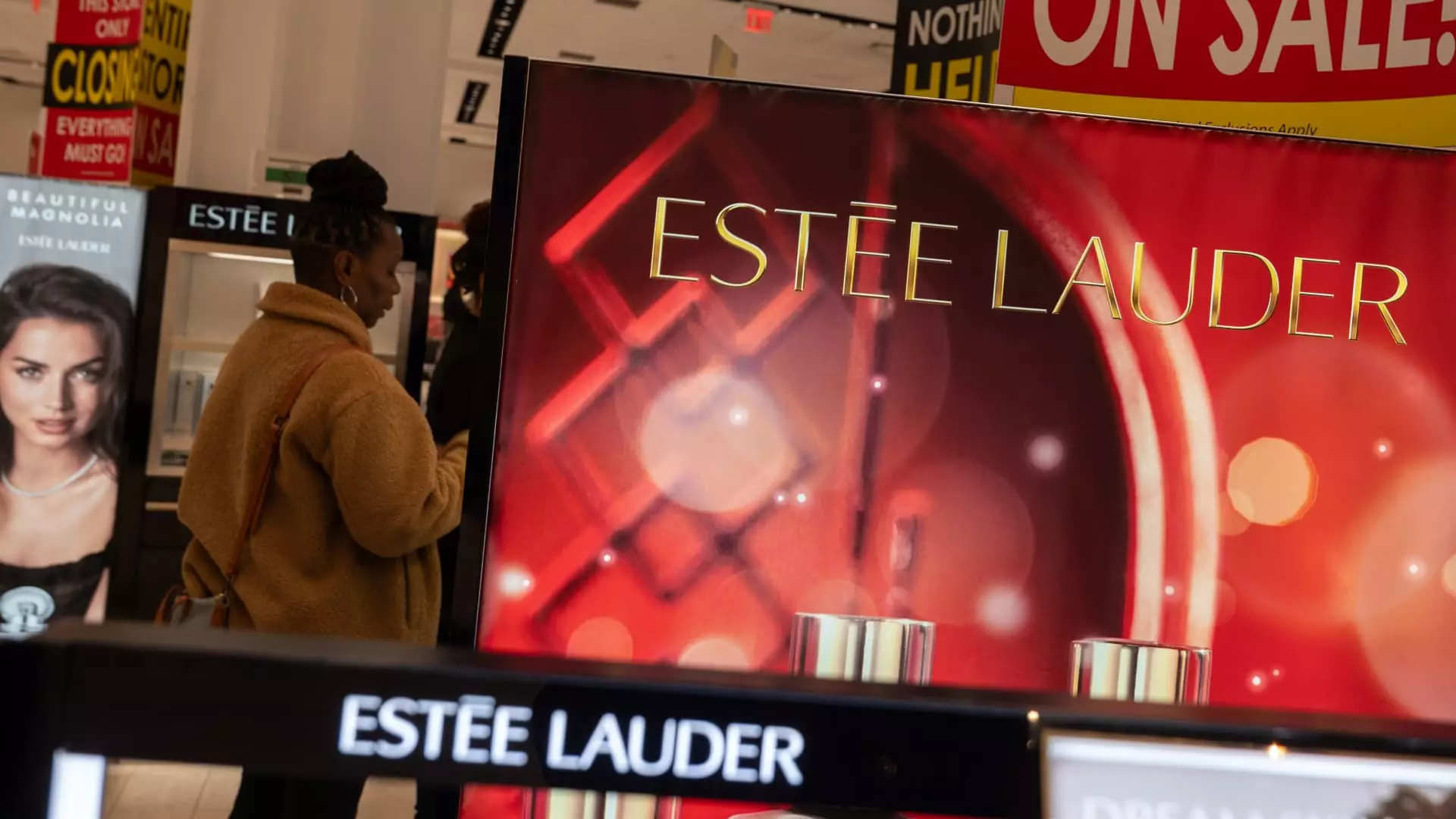In a striking turn of events, several major beauty companies have reported significant financial losses this past week, shaking investor confidence and highlighting underlying vulnerabilities in the sector. Notably, E.l.f. Beauty and Estée Lauder have come under the spotlight, revealing not only disappointing earnings but also cutting their revenue guidance for the upcoming fiscal year. E.l.f. Beauty faced a particularly severe blow, experiencing its worst performance since August 2018, with its shares plummeting nearly 29% within a single week.
E.l.f. Beauty’s earnings report, although it showcased a revenue surpassing expectations for the third quarter, was marred by a shortfall in adjusted earnings per share. This resulted in a lowered full-year income forecast, slashing previous projections from a range of $1.32 billion to $1.34 billion down to a new estimate of just $1.3 billion to $1.31 billion. CEO Tarang Amin shed light on the broader challenges faced within the cosmetics industry, indicating a 5% decline in January—a fallout that he attributes to waning holiday shopping enthusiasm and diminishing online consumer engagement with beauty products.
Following this disheartening news, key financial institutions like Morgan Stanley and UBS downgraded E.l.f’s stock, pushing it to a neutral stance. Such decisions reflect a growing concern among analysts regarding the company’s future trajectory and profit stability.
Estee Lauder has not fared any better, with its shares taking a nosedive of 22% over the same period, marking its hardest fall since November. The company disclosed that it intends to shed between 5,800 and 7,000 jobs by the end of fiscal 2026, a move catalyzed by declining travel retail demand in Asia—an important revenue stream for the brand. Despite reporting better-than-expected revenues and earnings for the second quarter, the damage from increased layoffs and the global market’s response to diminished sales projections was enough to foster a bearish outlook among investors. As CEO Stéphane de La Faverie articulated, the loss of operational agility played a critical role, underscoring the missed opportunities for growth amid changing consumer landscapes.
The troubling trend does not stop with these two companies; Ulta Beauty and Coty also felt the repercussions, marking declines of 9% and nearly 8% respectively. Ulta’s challenges were compounded as Amin mentioned seeing “a little bit of softness” at their retail locations. These troubling figures underscore the mounting pressure on the beauty sector, which, like many industries, is grappling with the complex implications of tariffs and international trade policies.
The recent announcement from China regarding tariffs on select U.S. imports could further hinder profit margins, particularly for companies reliant on overseas manufacturing. E.l.f. Beauty, which manufactures approximately 80% of its products in China, expressed unforeseen relief at the limited extent of recently imposed tariffs compared to earlier predictions, yet the sentiment suggests a precarious future with global trade tensions looming.
The beauty sector is at a crossroads, faced with the dual pressures of disappointing earnings and evolving economic landscapes. Companies must navigate these challenges by fostering innovation, capturing growth opportunities, and reassessing their market strategies to thrive in this increasingly competitive arena. As investors weigh their options, the question remains: can beauty brands regain their footing and rejuvenate their value amidst growing uncertainties?

Leave a Reply